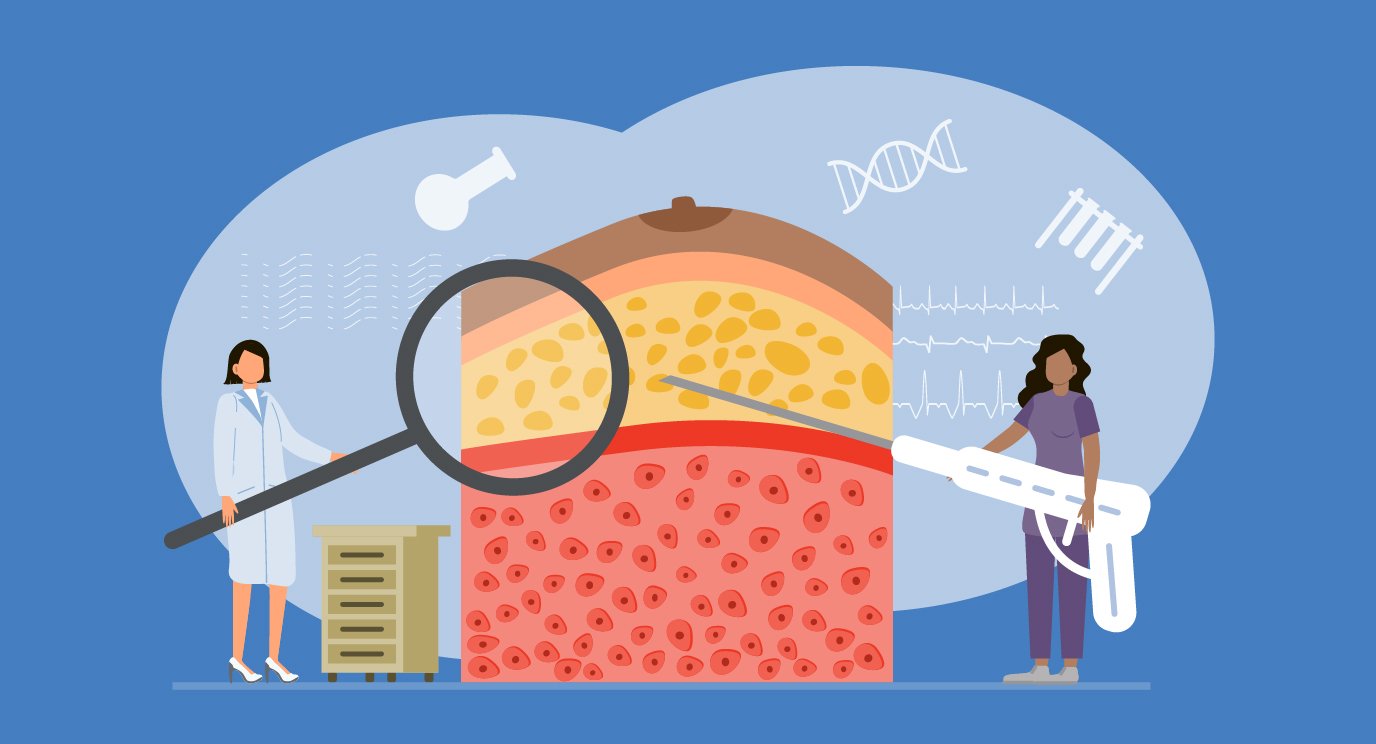- Diseases
- Acoustic Neuroma (14)
- Adrenal Gland Tumor (24)
- Anal Cancer (68)
- Anemia (2)
- Appendix Cancer (16)
- Bile Duct Cancer (26)
- Bladder Cancer (72)
- Brain Metastases (28)
- Brain Tumor (232)
- Breast Cancer (714)
- Breast Implant-Associated Anaplastic Large Cell Lymphoma (2)
- Cancer of Unknown Primary (4)
- Carcinoid Tumor (8)
- Cervical Cancer (158)
- Colon Cancer (166)
- Colorectal Cancer (116)
- Endocrine Tumor (4)
- Esophageal Cancer (44)
- Eye Cancer (36)
- Fallopian Tube Cancer (8)
- Germ Cell Tumor (4)
- Gestational Trophoblastic Disease (2)
- Head and Neck Cancer (12)
- Kidney Cancer (128)
- Leukemia (342)
- Liver Cancer (50)
- Lung Cancer (286)
- Lymphoma (278)
- Mesothelioma (14)
- Metastasis (30)
- Multiple Myeloma (100)
- Myelodysplastic Syndrome (60)
- Myeloproliferative Neoplasm (4)
- Neuroendocrine Tumors (16)
- Oral Cancer (100)
- Ovarian Cancer (172)
- Pancreatic Cancer (160)
- Parathyroid Disease (2)
- Penile Cancer (14)
- Pituitary Tumor (6)
- Prostate Cancer (146)
- Rectal Cancer (58)
- Renal Medullary Carcinoma (6)
- Salivary Gland Cancer (14)
- Sarcoma (238)
- Skin Cancer (296)
- Skull Base Tumors (56)
- Spinal Tumor (12)
- Stomach Cancer (64)
- Testicular Cancer (28)
- Throat Cancer (92)
- Thymoma (6)
- Thyroid Cancer (96)
- Tonsil Cancer (30)
- Uterine Cancer (80)
- Vaginal Cancer (16)
- Vulvar Cancer (20)
- Cancer Topic
- Adolescent and Young Adult Cancer Issues (20)
- Advance Care Planning (10)
- Biostatistics (2)
- Blood Donation (18)
- Bone Health (8)
- COVID-19 (362)
- Cancer Recurrence (120)
- Childhood Cancer Issues (120)
- Clinical Trials (630)
- Complementary Integrative Medicine (22)
- Cytogenetics (2)
- DNA Methylation (4)
- Diagnosis (232)
- Epigenetics (6)
- Fertility (62)
- Follow-up Guidelines (2)
- Health Disparities (14)
- Hereditary Cancer Syndromes (126)
- Immunology (18)
- Li-Fraumeni Syndrome (8)
- Mental Health (116)
- Molecular Diagnostics (8)
- Pain Management (62)
- Palliative Care (8)
- Pathology (10)
- Physical Therapy (18)
- Pregnancy (18)
- Prevention (914)
- Research (392)
- Second Opinion (74)
- Sexuality (16)
- Side Effects (604)
- Sleep Disorders (10)
- Stem Cell Transplantation Cellular Therapy (216)
- Support (402)
- Survivorship (320)
- Symptoms (182)
- Treatment (1786)
Cancer exosomes: mini cells packed with potential for treatment and diagnostics
5 minute read | Published June 16, 2021
Medically Reviewed | Last reviewed by an MD Anderson Cancer Center medical professional on June 16, 2021
First discovered in the 1980s, exosomes are microscopic spherical packages, called vesicles, released by all cells. Their normal role in the body is still being studied, but it is clear to scientists that these virus-sized containers hold a wealth of information about the cells they come from.
Knowing this, researchers are looking to exosomes as tools to screen for cancer, guide treatment strategies and follow how patients respond to therapy. MD Anderson scientists have even reverse-engineered exosomes to turn them into a novel therapy.
To learn more about exosomes and their potential to help us against cancer, we spoke with Raghu Kalluri, M.D., Ph.D.
What are exosomes?
Exosomes are small membrane-bound particles that are almost like mini cells. They have the same membrane structure as our cells and carry many of the same components as our cells – DNA, RNA and proteins. Exosomes are between 40-160 nanometers in size, putting them on the same size scale as a virus particle.
We know that exosomes are released by all cells at a very high rate, but we are still learning what their normal function is.
One prevailing hypothesis is that they are important for cell-cell communication. They take information from one cell to another, or from one organ to another, to keep our systems connected and informed. There also is some thought that they serve to remove excess waste from the cell. However, the field is still researching to answer these questions definitively.
What have you been able to learn from studying exosomes?
One challenge that we have worked to overcome with these small particles is to be able to accurately identify them. We can use several techniques – such as high speed centrifuges or size sorting – to isolate exosomes, but we need to then look at the particles through high-resolution microscopes to make sure we indeed have exosomes.
By doing this, we’ve been able to study the contents of exosomes in great detail. We know that they basically contain all the things a cell does, just in smaller amounts.
A key question for my lab has been, “What proteins do exosomes contain?” In other words, can we catalog all of the different proteins in the exosome – its proteome – and identify those that are present in all exosomes.
We’ve done this and reported our findings in a recent paper in the journal Nature Cell Biology. My team was the first to report that exosomes from any cell type all have a core proteome of approximately 1,200 proteins. Based on the parent cell, exosomes have some variation, but all exosomes contain these core proteins, which may be involved in creating exosomes or in the function of the exosomes.
We used quantitative tools to measure the amount of each protein present in exosomes. That revealed that the most abundant protein across all exosomes is called Syntenin-1. We can now use this protein as a universal biomarker of exosomes to easier study them, and we’re working to study what role the core proteins might play within the exosomes.
What do we know about exosomes in cancer cells?
Cancer cells produce exosomes just like all cells in our bodies, and perhaps even generate more exosomes. This may happen because they’re more metabolically active than normal cells, or because they generate excess cellular waste.
With our understanding of the core proteome now, we’re able to compare exosomes from cancer cells to those from normal cells and learn what is unique to cancer exosomes. There are a number of proteins being identified that seem to be particularly enriched in cancer exosomes. This is important because we can use those as markers to determine if an exosome comes from a cancer cell or a normal cell, and perhaps even what tissue it originiated from.
How can we use exosomes to benefit patients?
There are many different applications that we’re exploring to aid patients, from screening and diagnosis to monitoring treatment response or even delivering therapeutics.
As you can imagine, if we know what a cancer exosome looks like, we can look for them in blood samples to help screen for cancer or diagnose early-stage disease that might not appear on scans yet.
We can also monitor exosomes in the blood of patients undergoing treatment to see how the cancer is responding. If exosomes decrease or disappear, it may be a sign that the treatment is working. Alternatively, if we see new mutations arising in the exosomes, it may be a sign that the cancer is developing new resistance to the therapy.
We are excited to explore exosomes as a therapeutic tool, too. Exosomes naturally can enter cells very easily to deliver their contents. Therefore, we can load exosomes with small-molecule drugs, antibodies or siRNAs, which block target RNAs from being translated into protein.
This is an active area of research around the world. MD Anderson has recently launched the first clinical trial of therapeutic exosomes. As part of the Pancreatic Cancer Moon Shot®, MD Anderson researchers developed iExosomes, which are engineered exosomes that carry siRNA targeting mutant KRAS. This is the most frequently mutated gene in pancreatic cancer. The hope is that by blocking mutant KRAS activity, we’ll be able to effectively treat patients with pancreatic cancer caused by a KRAS mutation. That clinical trial is ongoing now at the MD Anderson.
Disclosure: Kalluri and MD Anderson Cancer Center licensed IP related to exosomes to Codiak Boisciences, Inc., and hold founder stock in the company. Kalluri serves as a consultant and SAB member of Codiak Biosciences.
Refer a patient to MD Anderson online or by calling 1-833-989-0391.
First discovered in the 1980s, exosomes are microscopic spherical packages, called vesicles, released by all cells. Their normal role in the body is still being studied, but it is clear to scientists that these virus-sized containers hold a wealth of information about the cells they come from.
Knowing this, researchers are looking to exosomes as tools to screen for cancer, guide treatment strategies and follow how patients respond to therapy. MD Anderson scientists have even reverse-engineered exosomes to turn them into a novel therapy.

There are many different applications that we’re exploring to aid patients, from screening and diagnosis to monitoring treatment response or even delivering therapeutics.
Raghu Kalluri, M.D., Ph.D.
Researcher





